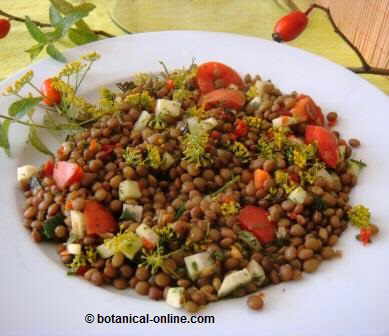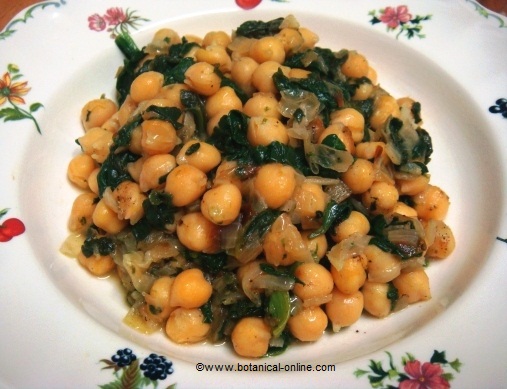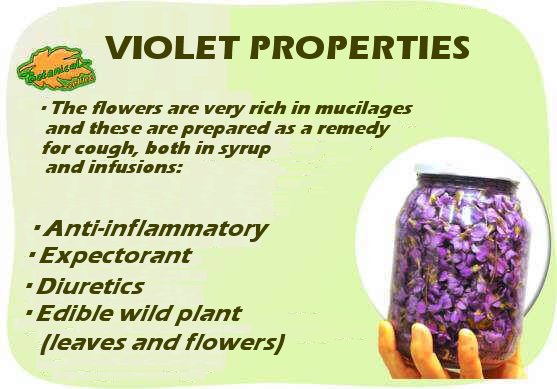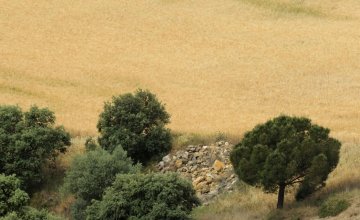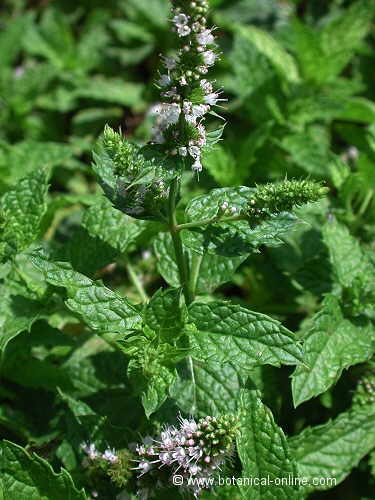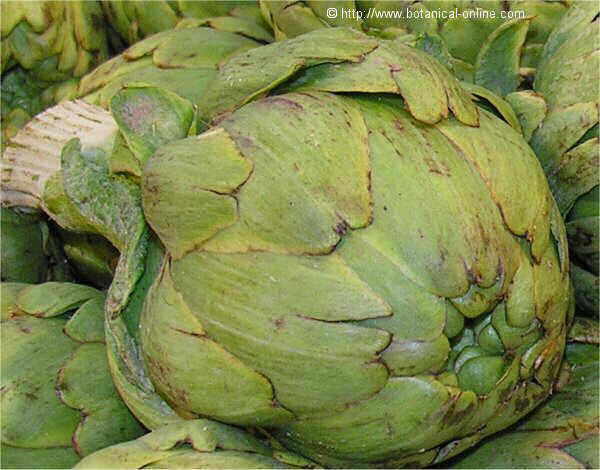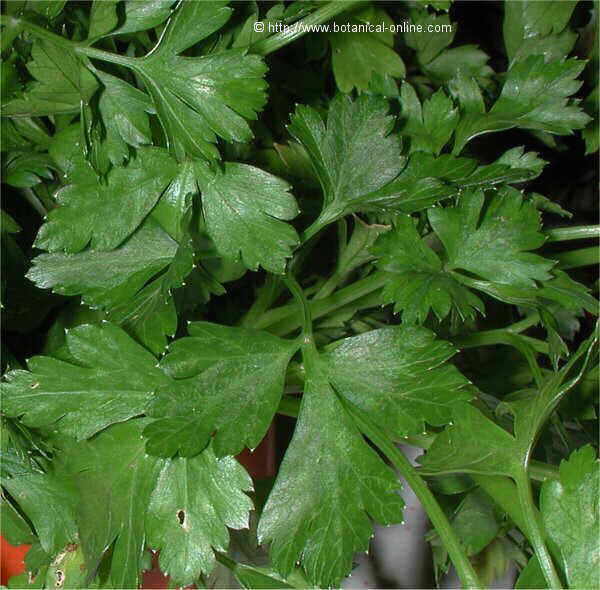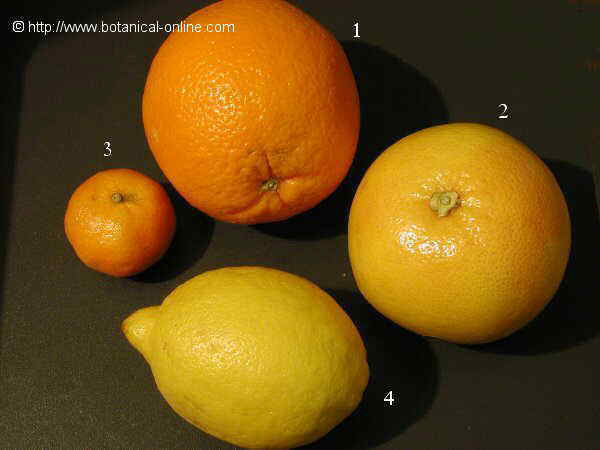Contents
Reasons to eat legumes
Why are legumes so good in the diet?
Legumes are a highly recommended food group, mainly because of the following reasons:
- For people who want to lose weight: They contain high amounts of starch that produces a great satiety and may keep the body without feeling hungry for a long time, since these carbohydrates are released gradually and stabilize blood sugar levels in the blood.
Its content of fat is low. Of all of them, soybean has more fats, although with more quality, since most of them are unsaturated.
- To prevent constipation: In general, they contain plenty of fiber, both insoluble and soluble, so they prevent constipation
- To fight cholesterol : Their high fiber content helps to diminish cholesterol absorption and favour its expulsion through feces.
- To provide proteins: They also contain high amounts of protein so that people wishing to make a vegetarian diet can considered them as a substitute for meat.
However, it should be noted that all of them, with the exception of soybeans, do not contain all the necessary amino acids for perfect health of body, so they must be combined with vegetables and whole grains to supply them those that are missing.
In order to facilitate the cooking and eliminate those indigestible carbohydrates, legumes, except peas, and lentils should be soaked overnight.
- To provide minerals: especially iron, calcium, phosphorus and magnesium.
- To provide vitamins: A lot of vitamin B (especially niacin or vitamin B3, along with thiamin, pyridoxine and riboflavin)
The best legumes for a legume diet
The main legumes that have to be present in the legume diet are:
Salad of lentils. A recipe with much proteins, vitamin C, iron and fiber
- Lentils: They bring so many proteins that can be considered an alternative food to the use of meat. 100 g of lentils, amounting to a cup of them, contribute only 8.91 g of protein and 114 calories. 100 g fillet of beef provides about 30 grams of protein, but also provides more than 300 calories. Pork meat about 28 g protein per 100 and more that 300 calories. The same amount of chicken would bring on about 25 g of protein and about 213 calories.
So, when we can eat more lentils that meat. We will feel satisfied and will increase the proportion of protein. Equating the calories, eating more lentils, we will see that the protein content ingested is almost the same than if we eat meat.
Lentils provide a lot of iron (about 3.10 mg per 100 g) The mentioned meats provide about 2.8 mg beef, pork 1.8 and 1.1 mg chicken per 100 g.
In addition to providing more iron, lentils have no cholesterol and virtually no fat. Its wealth in carbohydrates provides a great satiety and stabilize blood sugar levels in the blood, so it would be very appropriate to keep the weight off and the diet of diabetics.
- Soybean: It beats the rest of vegetables because of its wealth in protein and its full range of essential amino acids. This implies that soy can replace animal meat or milk, so it is a food that is especially recommended for those who choose to adopt a vegetarian diet or decide that they do not need any meat in their diet.
250 grams of soybeans provide 30% of the daily recommended amount. When compared with the chicken, the percentage of protein is nearly identical and about 40%. It is also a food that provides many advantages over the meat in the control of cholesterol, premenstrual syndrome and other disorders. (See the full article on this food)
Despite its benefits, people who have not ever eaten this food, should try it at first in small amounts as some people are allergic to it.
Chickpeas with spinach. A recipe plenty of carbohydrates, vitamin b and fiber
- Chickpeas: Like the previous legumes, chickpeas contain lots of protein, iron and potassium. Its fat content is ridiculous because its energy comes from their carbohydrates content. Beans are also ideal for those who want to control cholesterol. A good salad of lettuce, tomato and chickpeas is very refreshing, whets appetite and provides a very high amount of nutrients, including fiber for the control of constipation.
- Peas: Peas are also interesting. 100 g of peas provide only 84 calories, 0.22 g fat, 5.35 g protein and 5.5 grams of fiber. They are very rich in vitamin A as carotene, phosphorus and potassium. Peas can be used in legume diets, besides being very interesting for other dieting, such as in the the diet of diabetics, heart health, constipation and cancer prevention.
* Related information
![]() More information on legumes.
More information on legumes.

